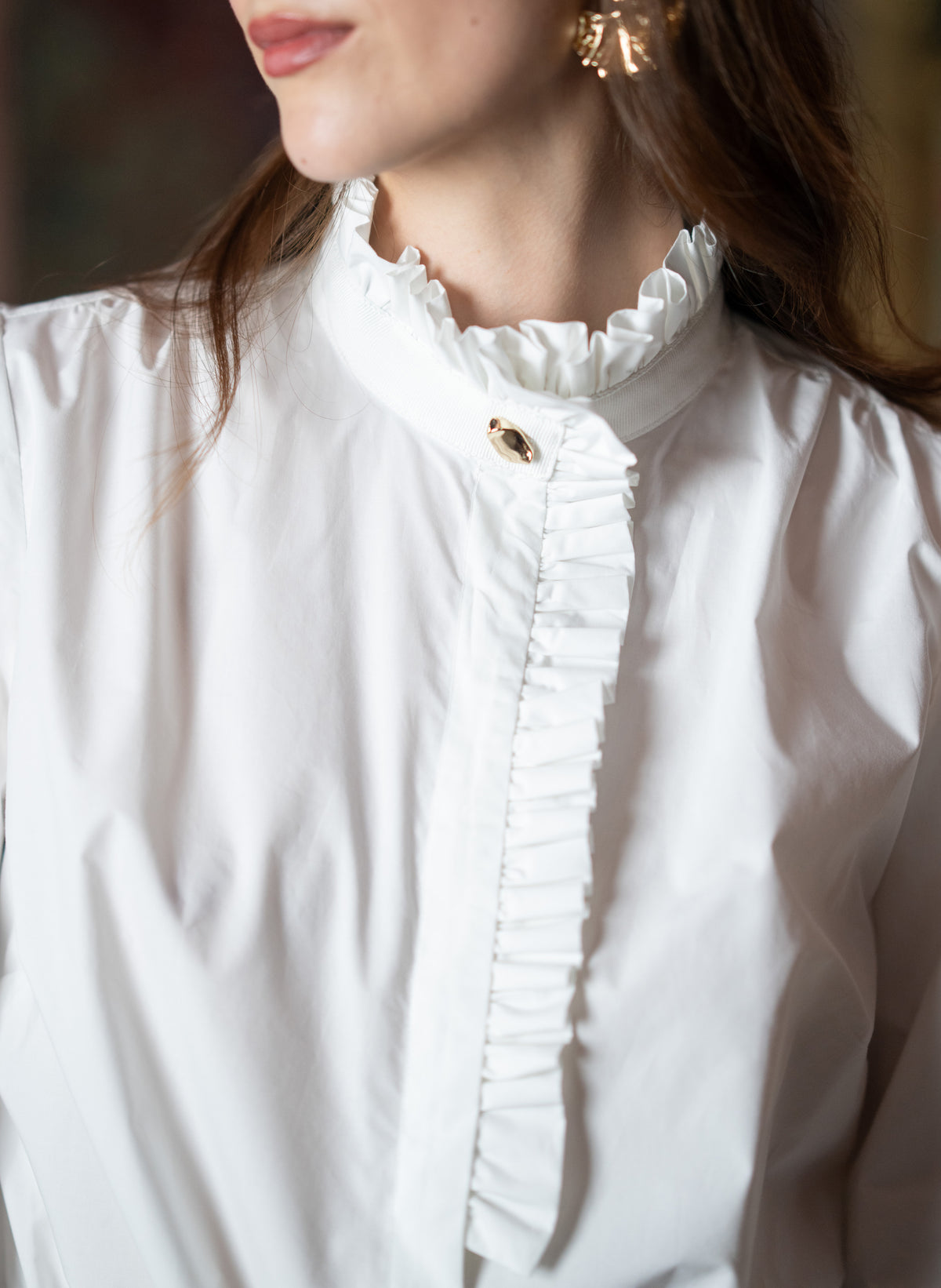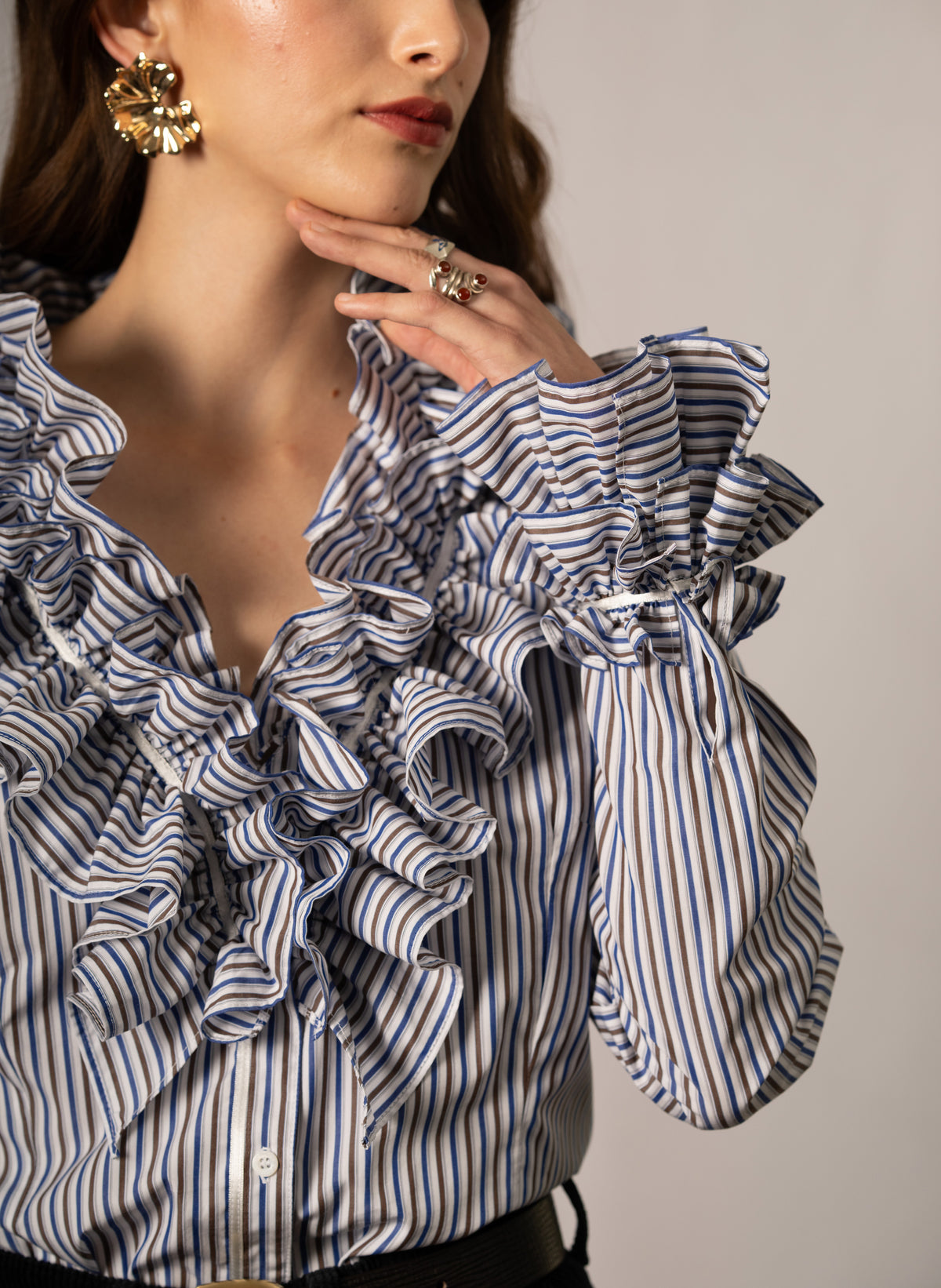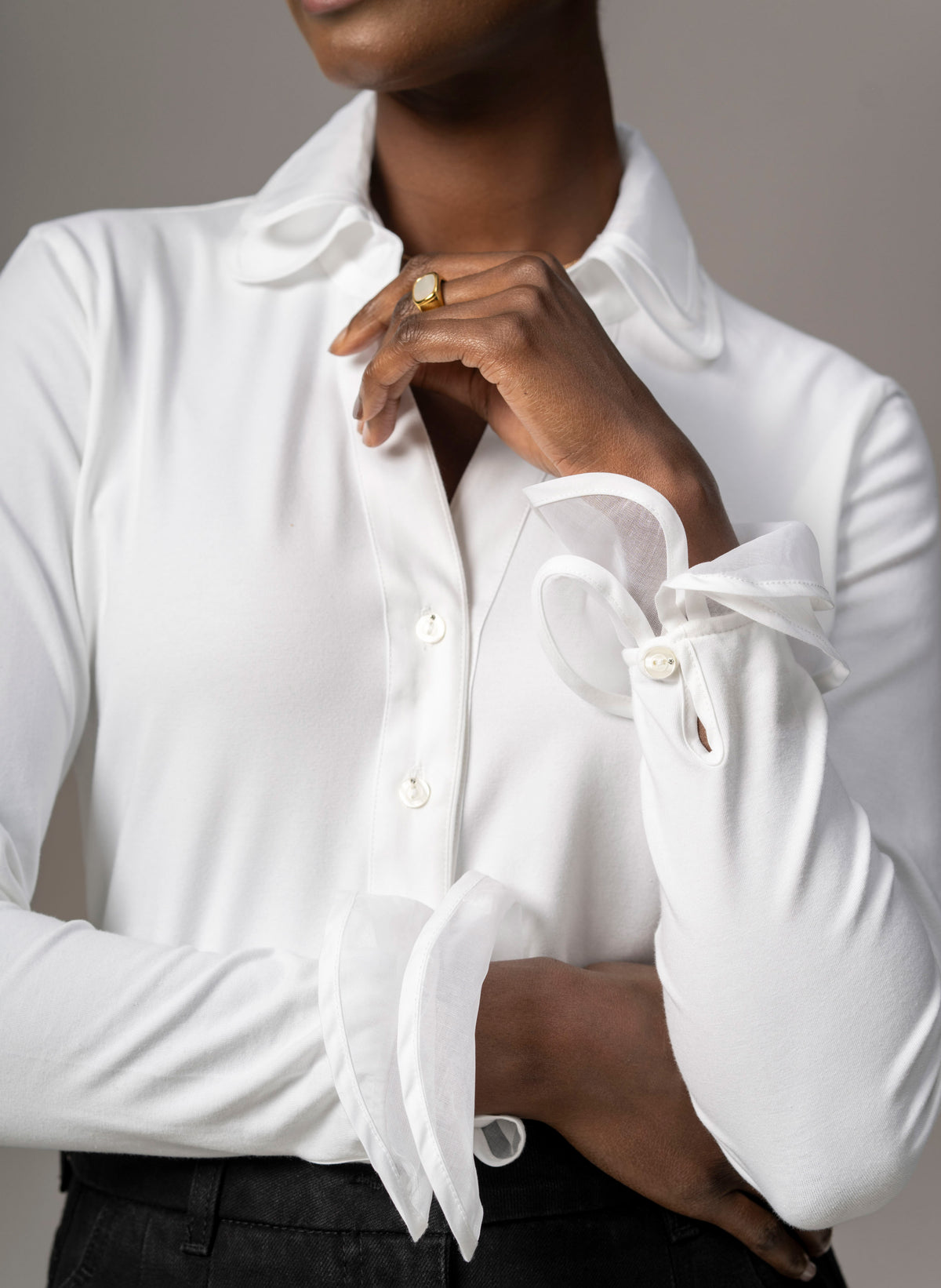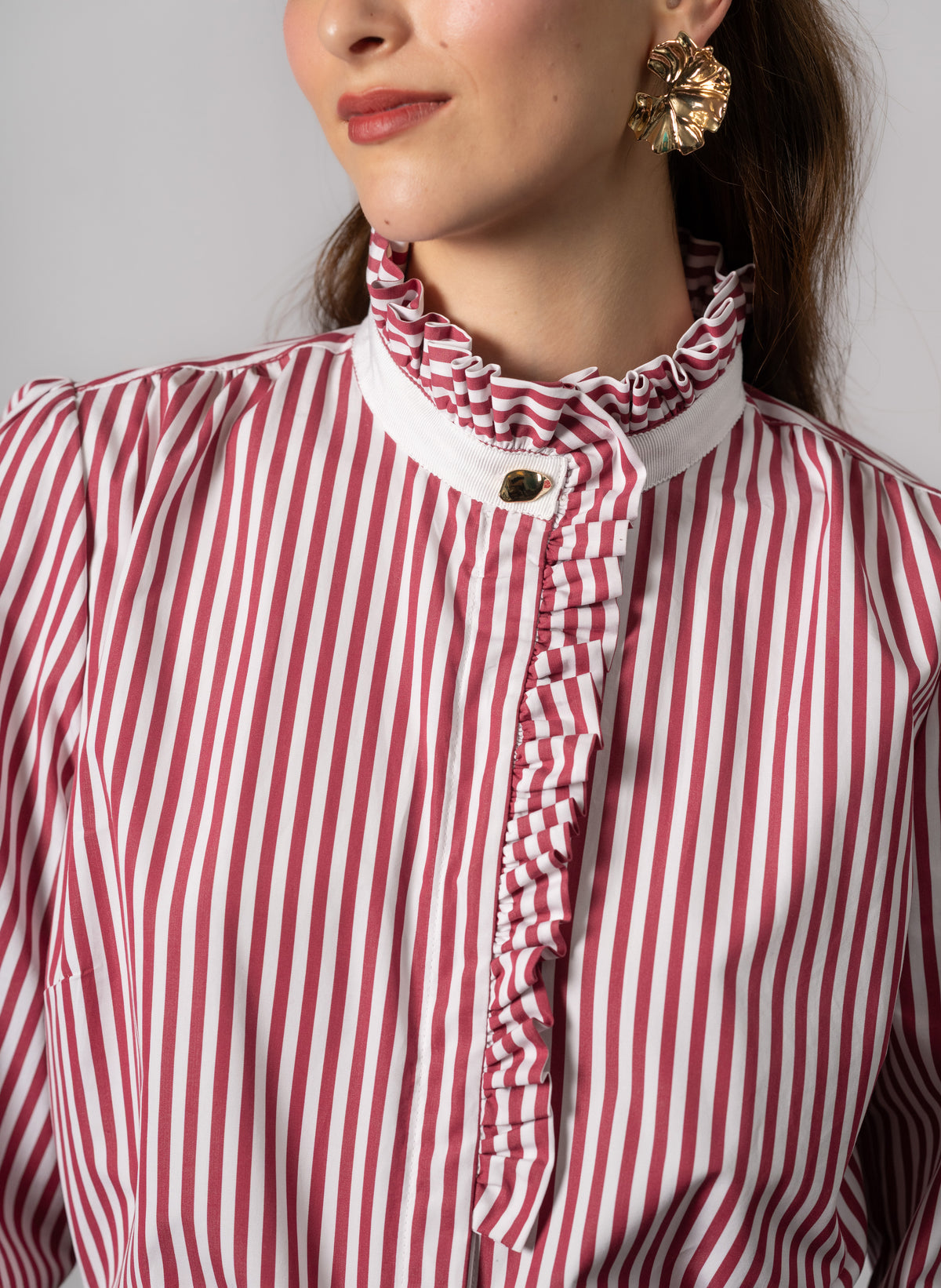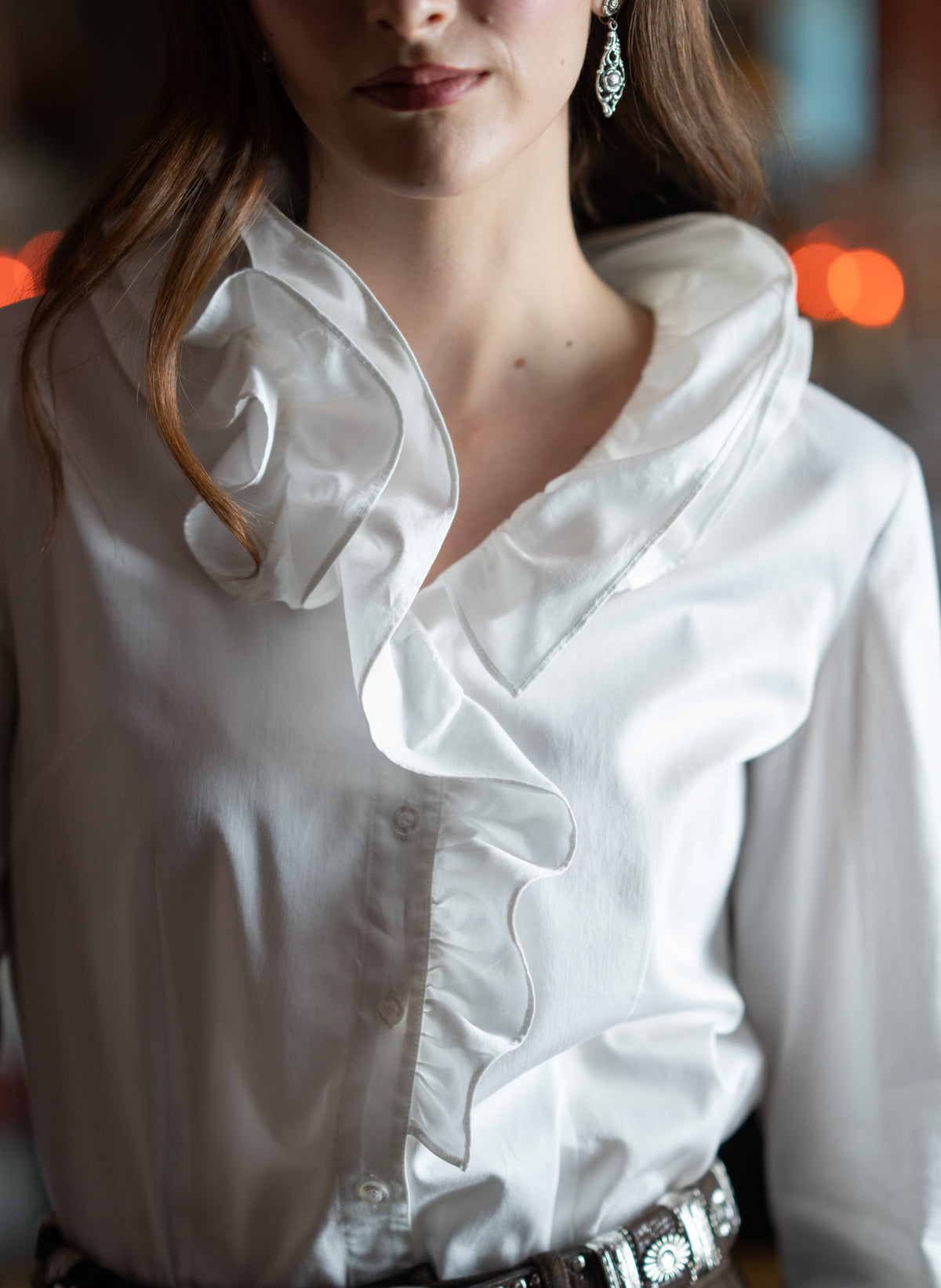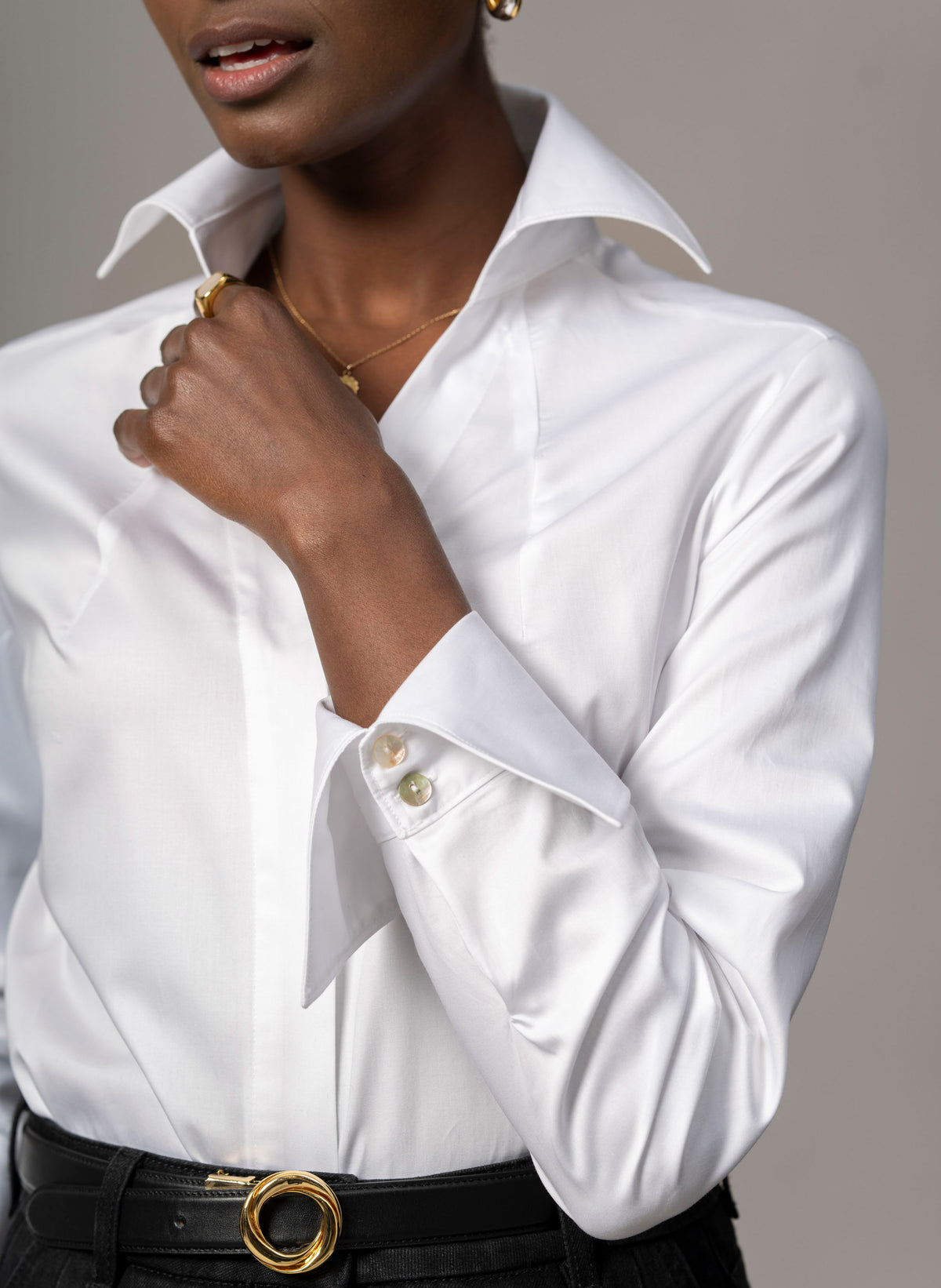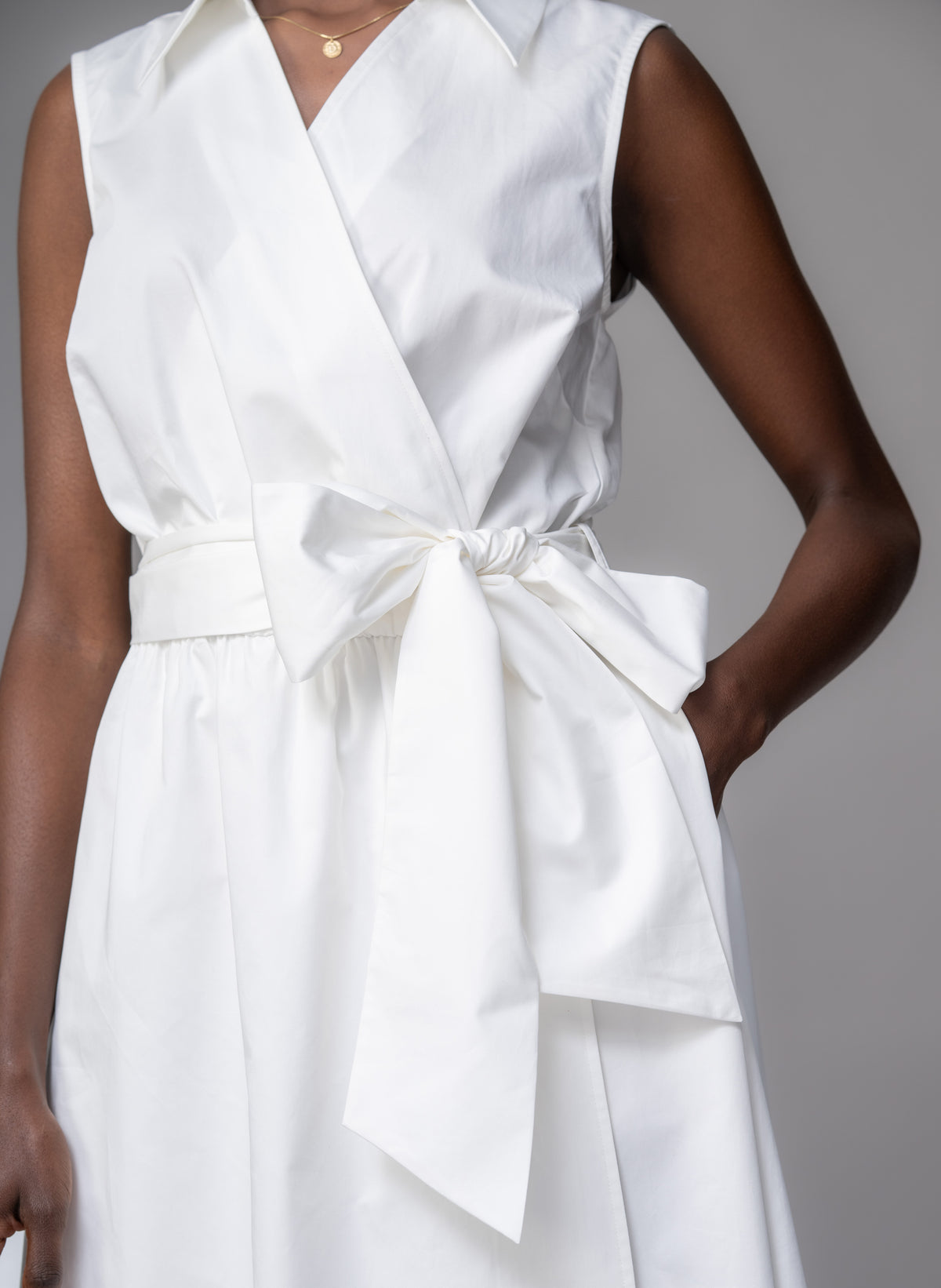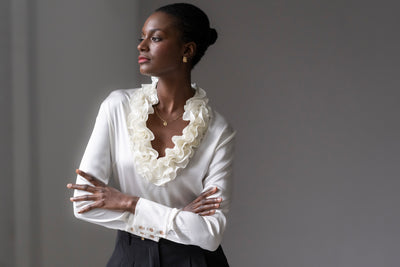The Power of the Shirt: How This Classic Piece Became a Symbol of Elegance

The women’s shirt is a wardrobe staple that embodies simplicity, versatility, and sophistication. Over a span of centuries, this classic piece has transcended its utilitarian origins to become a powerful symbol of elegance and empowerment. So, come with us on a journey which is interwoven with changes in fashion, culture, and the evolving roles of women in society.
The Ancient Origins of the Shirt

Image credit: bibleclothing.com
The shirt's history dates back to ancient times when tunic-like garments such as the Roman tunica manicata and the ancient Egyptian kalasaris were worn by both men and women. However, it wasn’t until the 19th century that the shirt began to take a more structured form, resembling the crisp, tailored designs we associate with it today. At this time, shirts were predominantly a menswear item, seen as a marker of professionalism and social standing. Women’s fashion, in contrast, was dominated by punishing corsets and impractically voluminous skirts.
The Shirt: From Underwear to Outerwear

Image credit: Wikipedia
The white shirt remained an undergarment through a myriad of lifetimes when it totally shook things up as the deceptively dainty chemise. The painting above of Marie Antoinette en Chemise by Louise Élisabeth Vigée Le Brun in 1783 (yes, a female painter!) proves that making underwear outerwear is not an exclusively Gen Z trend.
Deeply controversial of the time for depicting the queen in a state of casual undress, the painting helped to single handedly popularise cotton as a material throughout Europe. Although the casual, romantic style was embraced by other society ladies (historic style icon Georgiana Cavendish — otherwise known as Keira Knightly in The Duchess — brought the trend to these isle when she was sent a dress by her friend, the queen of France).
The Shirt as a Symbol of Empowerment

Image credit: womanandhersphere.com
The transition of the shirt into women’s wardrobes began in earnest in the late 19th and early 20th centuries. With the rise of the suffrage movement and women’s increasing presence in the workforce, practicality became a priority.
Designers such as Coco Chanel had broken down gender and class boundaries with a more relaxed and contemporary take on womenswear – in some cases swapping skirts for trousers and corsets for men’s shirts. By the 1920s, the shirt had become a symbol of modernity and liberation for women in fashion.

Image credit: Wikipedia
__________________________________________________________________
Related Articles from The Shirt Company:
- The Surprisingly Feminist History of the Shirt Collar
- The Complex Archetype of the White Shirt Will Surprise & Inspire You
- The Unspoken Symbolism of the White Shirt Speaks Volumes
__________________________________________________________________
The Shirt as a Symbol of Empowerment

Image credit: Pintrest
The silent movies and early talkies of the 20s and 30s helped to popularise the women’s shirt as an intriguing and versatile garment, but it was the mid-20th century which saw the women’s button-down shirt gain more time in the spotlight.
Icons like Katharine Hepburn and Audrey Hepburn popularised tailored shirts, pairing them with trousers or skirts. These garments challenged traditional notions of femininity, demonstrating that elegance could coexist with strength and independence.

Image credit: Reddit
During the feminist movements of the 1960s and 1970s, the shirt became a tool for rejecting restrictive gender norms. Women adopted menswear-inspired styles as a form of sartorial rebellion, choosing crisp white shirts, blazers, and trousers to assert their presence in male-dominated spaces.

Image credit: Wikipedia
The Modern Shirt: A Canvas for Creativity

Image credit: The Shirt Company
Today, the women’s shirt remains a cornerstone of fashion, celebrated for its adaptability and timeless appeal. Designers continue to reinvent this classic piece, experimenting with fabrics, cuts, and embellishments. From oversized silhouettes to intricately embroidered designs, the shirt serves as a canvas for creativity while retaining its core essence of understated elegance.
Cultural Significance

Image credit: The Shirt Company
The women’s shirt is more than just a piece of clothing; it is a reflection of cultural and social progress. Its evolution mirrors the journey of women’s emancipation, from restrictive norms to the freedom to express individuality. The shirt’s adoption by women across the globe highlights its role as a unifying garment that transcends cultural boundaries.
